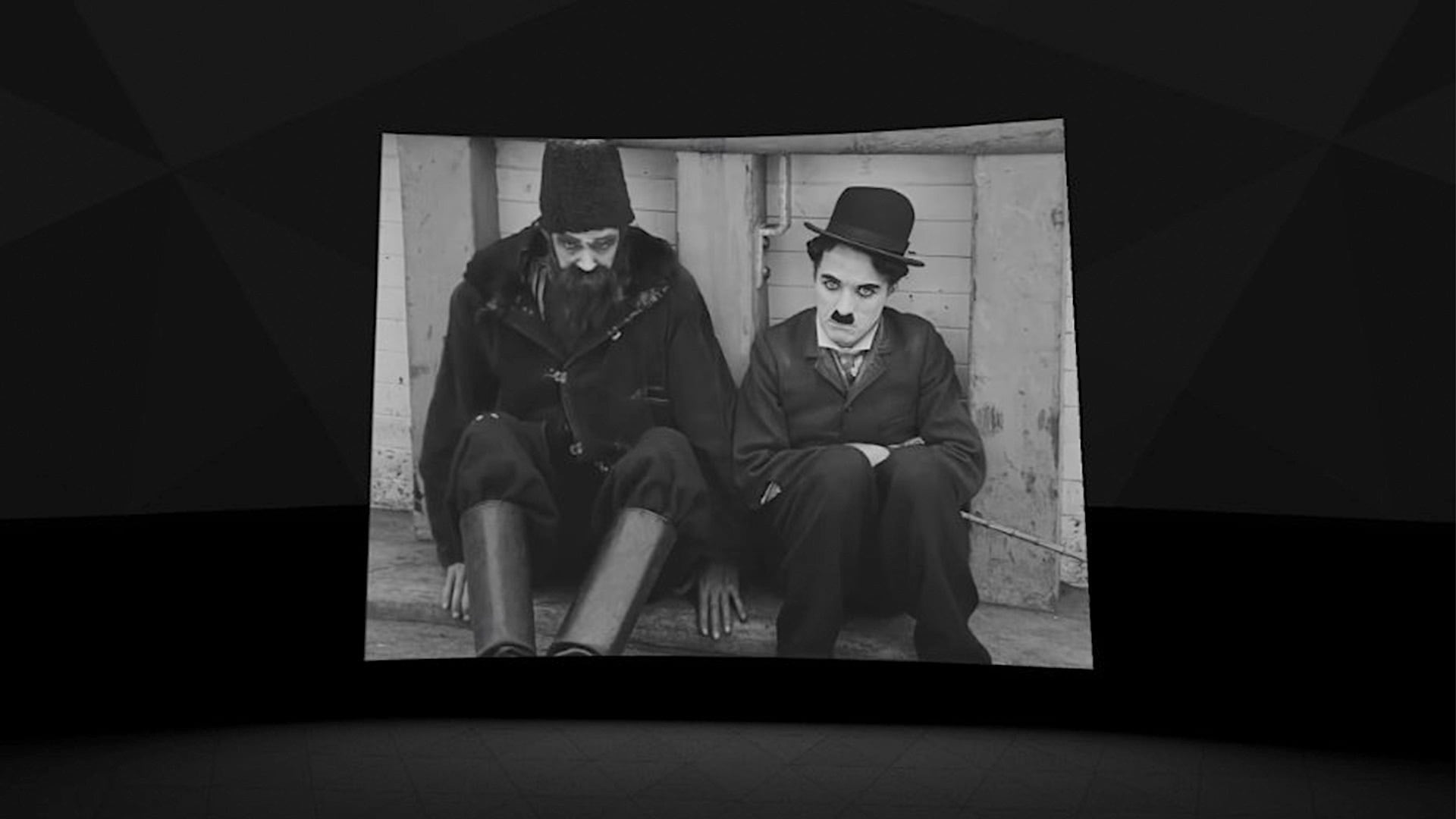AI turns Charlie Chaplin classic into a 3D movie

Key Points
- AI algorithms are helping to generate new media - but they can also breathe new life into classic formats.
- One startup is demonstrating this by retroactively converting a Charlie Chaplin film into a 3D piece.
- The team is currently searching for partners to convert more content.
A London-based startup is using AI to add depth to 2D movies. With a compatible 3D TV or VR headset, you can watch a fully converted classic movie.
Joff Summerfield and Jesse Seaward have developed a way to convert 2D movies to 3D using AI. They now show what it looks like using Charlie Chaplin's 1917 silent classic "The Immigrant".
If you own a compatible 3DTV or VR headset, you can watch the movie in 3D on YouTube. I gave it a try and found the effect to be impressive. Especially when you consider that the footage is more than a hundred years old. The 3D conversion is almost flawless.
"We think that the experience of watching Charlie Chaplin up close and personal puts the viewer in a different world to watching it on the TV at home," says Jesse Seaward, co-founder of the startup Reallife3D.
Nearly automated 3D conversions using AI
A "unique cocktail" of artificial intelligence-based processes was used in the 3D conversion, according to Seaward. With the 3D conversion, the duo wants to show how artificial intelligence can help improve and modernize old films. But modern footage can also benefit from the process, adding value in the context of the metaverse.
Seaward says that "nearly every process" is automated. The human work, he says, is in transferring the files and choosing the right processes, which depend on the nature of the source material. The full 3D conversion of the 24-minute movie took about ten days, he says, with processing taking up most of that time.
The team is currently looking for partners who want their content converted. Also and especially for VR.
"Converting video like this is so much more time and cost effective than traditional methods, it opens the door to different markets and content creators," Seaward says. "We hope it might help encourage more people to put more of their content on immersive platforms, so we're always working on the process to improve accuracy and efficiency to ultimately make it more viable and accessible."
From single frames to video
I had written about RealLife3D in late 2021 after stumbling across their YouTube channel. At the time, the duo was converting old photographs into stereoscopic images and enhancing them with soundscapes and music. The result: fascinating 3D time travels. Now they are taking it a step further with automated 3D video conversion.
"Since 2021 we have been working on going from processing single images to multiples where it has become viable to convert video. There are huge hurdles to jump when going from making a single image 3D that is viewed one at a time to thousands that have to match perfectly, even if the basic principle is the same," Seaward says.
The Chaplin film is currently available on Reallife3D's YouTube channel and can be viewed in 3D using a 3DTV, YouTube VR and Meta Quest 2. More information about Reallife3D can be found on the official website.
AI News Without the Hype – Curated by Humans
As a THE DECODER subscriber, you get ad-free reading, our weekly AI newsletter, the exclusive "AI Radar" Frontier Report 6× per year, access to comments, and our complete archive.
Subscribe now